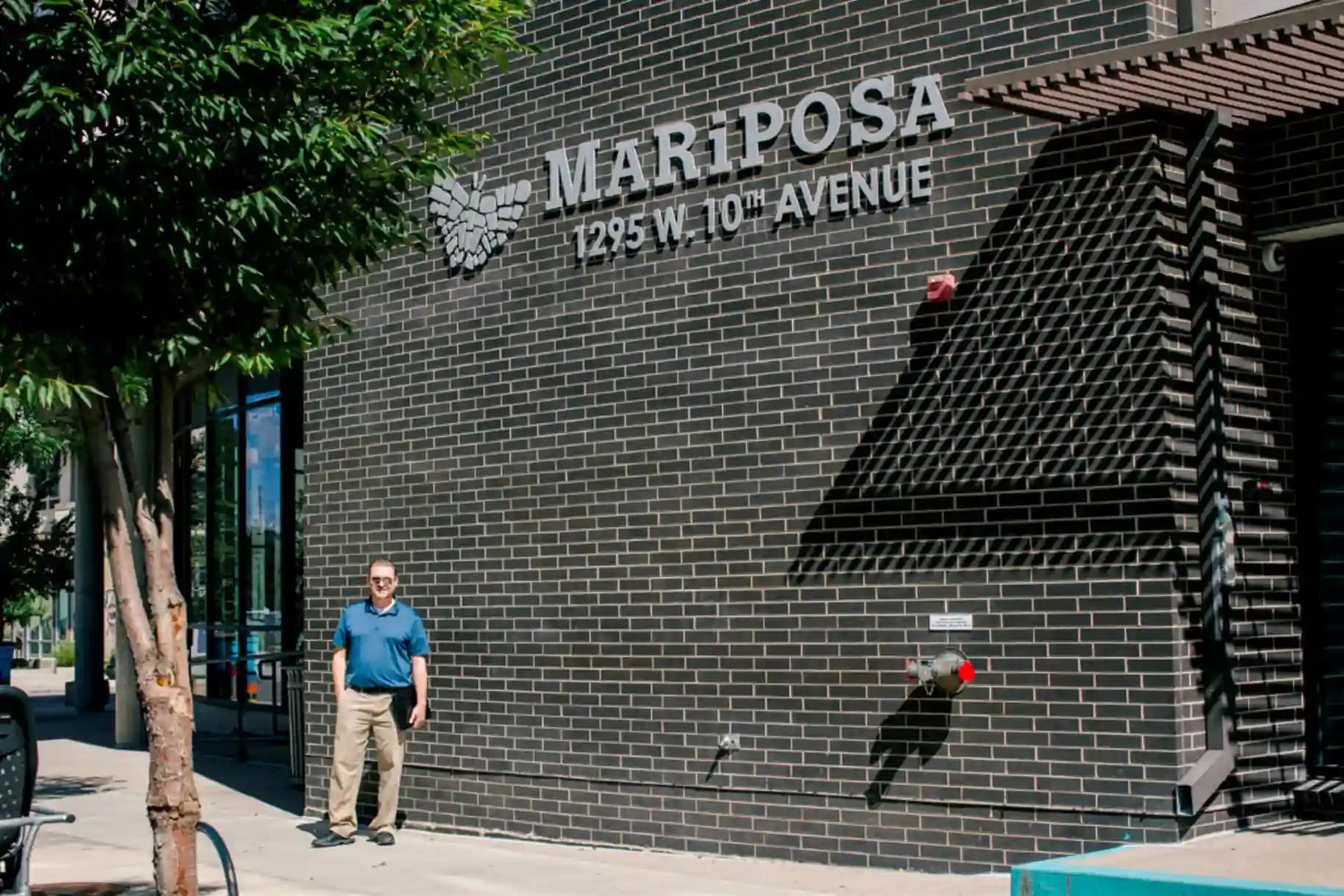
Mariposa
Finding a Climate Solution in Denver, CO
Case Study
Cities like Denver will continue to push forward on clean energy. We have a responsibility to do everything we can to ensure clean air and a stable climate for our children. Cities generate more than 70 percent of global greenhouse gas emissions, and we are a crucial part of the climate solution.
Michael B. Hancock, Mayor of the City and County of Denver.

A Sustainable Future for the Mile High City
In 2018, the Denver Department of Health & Environment released the city’s 80×50 Climate Action Plan. The plan highlights key strategies in the three sectors most responsible for greenhouse gas emissions: buildings, transportation and electricity generation.
Denver’s long-term building goals include slashing energy use 30% by 2030 and 50% by 2050. Additionally, all new commercial buildings are to be net-zero energy by 2035. This effort is one of several new programs Denver has recently implemented to create a more sustainable city.
In 2017, Denver voters elected to implement the Denver Green Buildings Ordinance, requiring all new buildings of 25,000 square feet or larger to include a green roof, on site solar, off site solar, energy conservation measures, or green building certification.
While the new 80×50 Plan and Green Roof Initiative up the ante, reducing energy consumption and shrinking net carbon emissions aren’t new concepts in the Mile High City. The green mindset is palpable in and around the Front Range, from the number of electric cars on the road to the ubiquitous, reusable grocery bags seen at supermarkets.
Generally speaking, the culture in Denver – and Colorado for that matter – is one of a healthy and active lifestyle paired with conservation of natural resources. Residents take interest in their environmental impact, and that of their city. This was at least part of the reason for the development of Energize Denver’s Energy Program and Benchmarking Ordinance.
The Energize Denver Benchmarking Map is a public, interactive map database that tracks the energy performance of over 3,000 multi-family buildings in the greater Denver area. Among the many green, yellow, purple, red and black dots marking various large buildings across the city is one HUD (Department of Housing and Urban Development) facility performing well above expectations.
HVAC Shootout
“1425 Mariposa St. is a four-story, 130-unit, design-build multi-family building constructed about seven years ago,” explained Brad Letourneau, at McCoy Sales, a manufacturer’s representative firm. “What makes it unique, and provides outstanding HVAC energy performance, is its IPS (Integrated Piping System) heating and cooling system. Mariposa III, as this specific building is called, was the seventh IPS project that McCoy has been involved with in Denver, and the results have been fantastic.”
When Denver Housing Authority (DHA) began the five-phase development project (Mariposa 2, 3, 4, 6 and 7), it was decided that the nearly-identical facilities would act as a shootout between five HVAC system types to determine which performs best in nearly-identical facilities.
Mariposa II features a conventional PTAC system, or packaged terminal air conditioner. Heating and cooling for Mariposa IV is supplied by VRF (Variable Refrigerant Flow) systems, while Mariposa VII utilizes a GSHP (Ground Source Heat Pump) system. Mariposa III – and later Mariposa VI – features the IPS system produced by Williams Comfort Products. The fifth building is a Combined gas heat and DX cooling.

What is IPS?
IPS is a piping system that utilizes the domestic water piping for hot and chilled water delivery to fan coil terminal units. This dramatically reduces installation cost and time, while providing the comfort and controllability common to four-pipe fan coil systems. As such, IPS systems are able to provide simultaneous heating and cooling in adjacent zones.
Not only is piping material and labor minimized, but all hydronic equipment expenses are dramatically reduced (pumps, etc.) without forfeiting any of the comfort and efficiency benefits common to hydronic systems.
IPS systems also offer energy efficiency levels that rival any other commercial HVAC system on the market, and provides the opportunity to capitalize on economizer cooling (free cooling).
In essence, IPS offers the efficiency and energy savings of a green system, but the affordability of a low-tech solution without placing noisy, maintenance-heavy components within the occupied space.
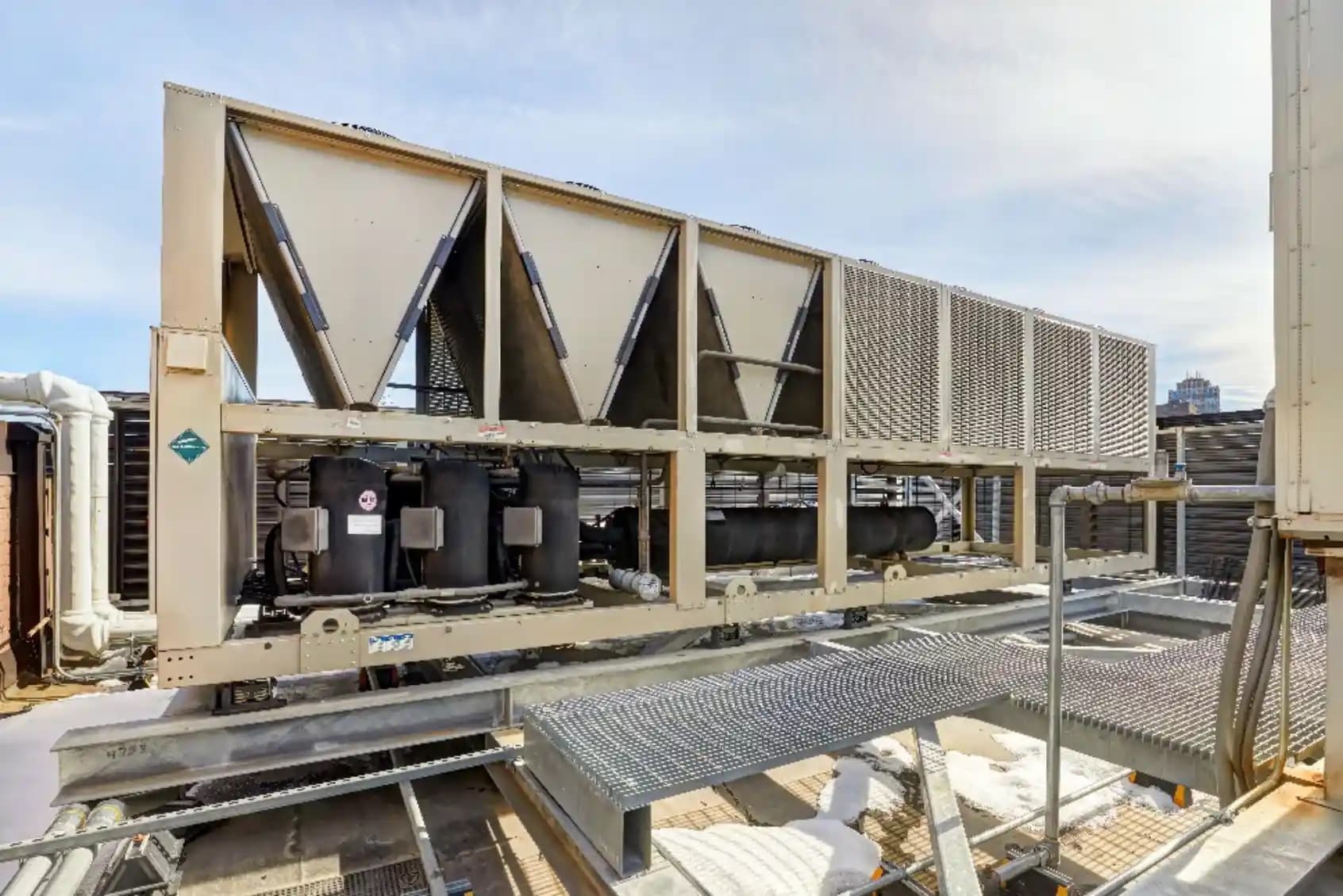
NSF/ANSI Rated Lead Free
The IPS system at Mariposa III and VI feature Williams Comfort Products fan coil units with coils built from NSF/ANSI 61 & 372 certified copper for Lead Free plumbing products to 190F water temperature (the entire fan coil units are NSF/ANSI – not just the coils or coil material), meaning they’re rated for potable water use. The building’s domestic hot and cold water piping serves double-duty, carrying heating and cooling supply and return water to each fan coil unit in the building in addition to all plumbing fixtures.
On these particular projects, the units were custom built to fit the space, averaging 24,000 BTUs each. The hideaway-style fan coils used in the apartments are free-return with a ducted supply. Each terminal unit is equipped with an individual thermostat allowing occupants to have complete control of their environment.
The same pipe that supplies water to showers and sinks also provides heating or cooling water to terminal units (fan coils). Water from the plumbing supply line is introduced to the fan coil unit via a zone valve when the room’s thermostat calls for heat. After passing through the potable approved heating coil, it’s returned to the hot water return line, which for the heating water system is the building’s domestic hot water recirculation line, eliminating another pipe.
The system’s cooling function works in similar fashion. After passing through the fan coil the chilled water is returned to the chilled water return line.
In the event that there is no call for heating or cooling for an extended period of time, Williams’ exclusive control board features a coil purge timer. Per ANSI standard, the control opens the coil’s zone valve for a brief period each day to eliminate the possibility of stagnation within the system. As with almost any commercial domestic hot water system, boilers or water heaters are used to produce hot water. When there’s a makeup requirement for hot water, the chilled water return is used to supply boiler makeup water, because it’s warmer than utility water coming in from the street. This will save energy.
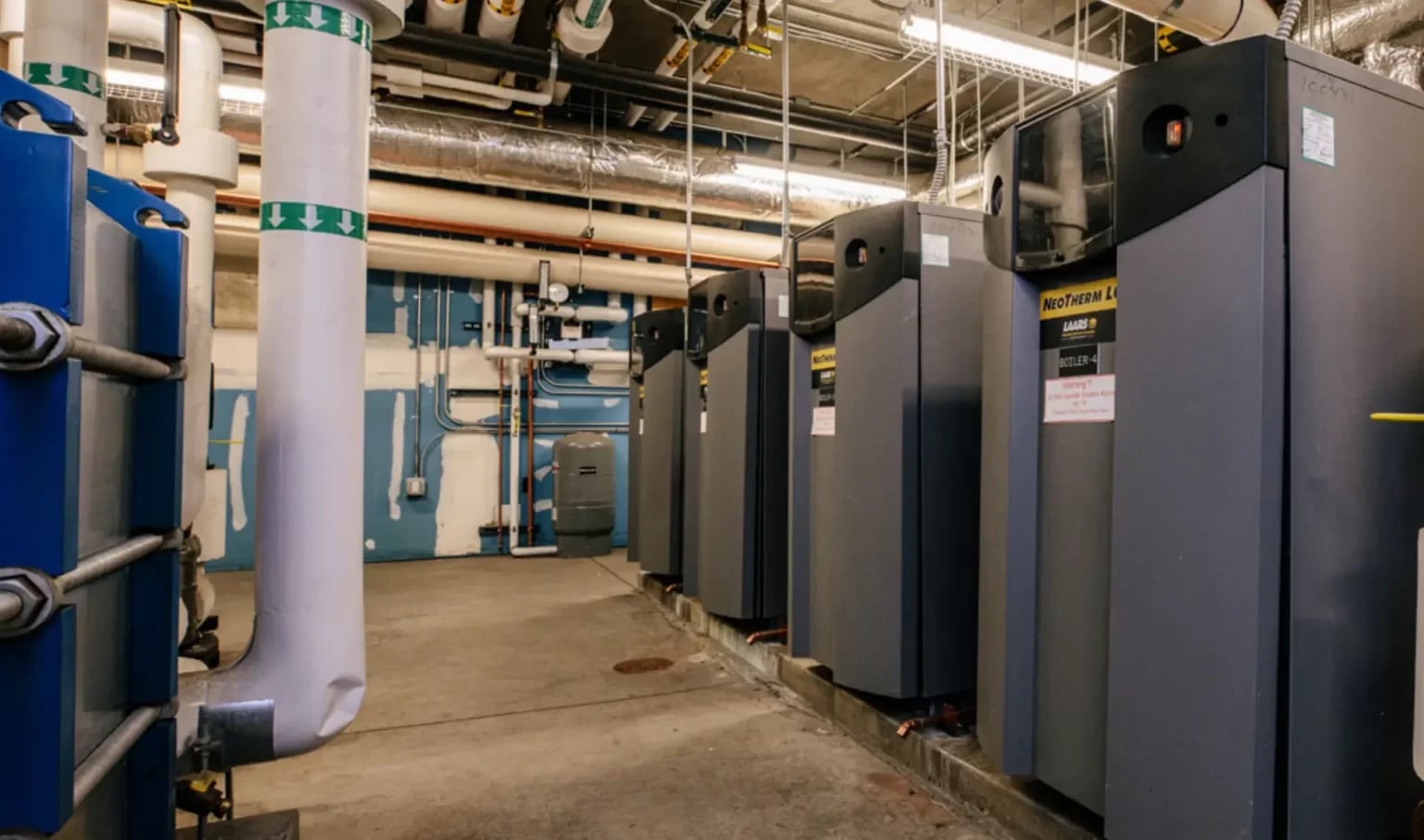
Free Cooling
Cold water is provided by the city utility, and can be utilized for un-aided cooling so long as it is below 50°F. This is called economizer cooling.
Williams Comfort Products met with Denver Water, the City of Denver’s water department, to determine utility supply water temperatures throughout the year. IPS systems in the Denver area typically achieve economizer cooling for half the cooling season.
When utility water is not cold enough to entirely satisfy the cooling demand, the building’s chiller supplements cooling capacity to the cold water recirculation loop. To ensure safety of the potable water, the chiller is isolated from the domestic water via a double-wall, stainless steel heat exchanger.
Williams Comfort Products pioneered the IPS system and has perfected the IPS fan coil design. Over the past 12 years, Williams’ systems have been installed in 170 buildings throughout the US. The end result is a quiet, LEED-friendly heating and cooling system that provides significant savings on installation, maintenance and operating costs for high quality comfort. IPS systems are ideal for hospitality, assisted living, condos, apartments, or any other facility that’s occupied around the clock.

In-Depth Study
Energy performance data from Energize Denver showed early on that Mariposa III was outperforming the other facilities. To understand why and how, along with the desire to compare installation and maintenance costs, Williams Comfort Products partnered with Group14 Engineering. The energy efficiency and sustainability consulting firm has offices in both Denver and Delray Beach, FL.
The resulting study compared IPS to the PTAC, VRF, Combined heating and DX cooling and GSHP system in the other Mariposa buildings. The study investigated the annual natural gas and electric costs for the multifamily buildings between 2015 and 2018, as well as estimated install and maintenance costs, where available.
“DHA provided us with all of the utility bills and system first costs,” said Anna McCullough, Building Performance Engineer at Group14. “They are always interested in how their buildings are functioning, and why.”
All told, Group14 Engineering drew from three full years of utility data for one building with a variable refrigerant flow system (VRF), one building with a ground source heat pump (GSHP), four buildings with electric PTAC units, one building with Combined gas heating and split DX cooling, and two buildings with IPS systems.
“We also installed data loggers throughout the buildings with IPS systems installed,” she continued. “Water temperatures were recorded on each side of the chilled water heat exchanger as well as the supply and return temperatures to the boilers. Ambient temperatures were recorded inside and outside of the buildings.”
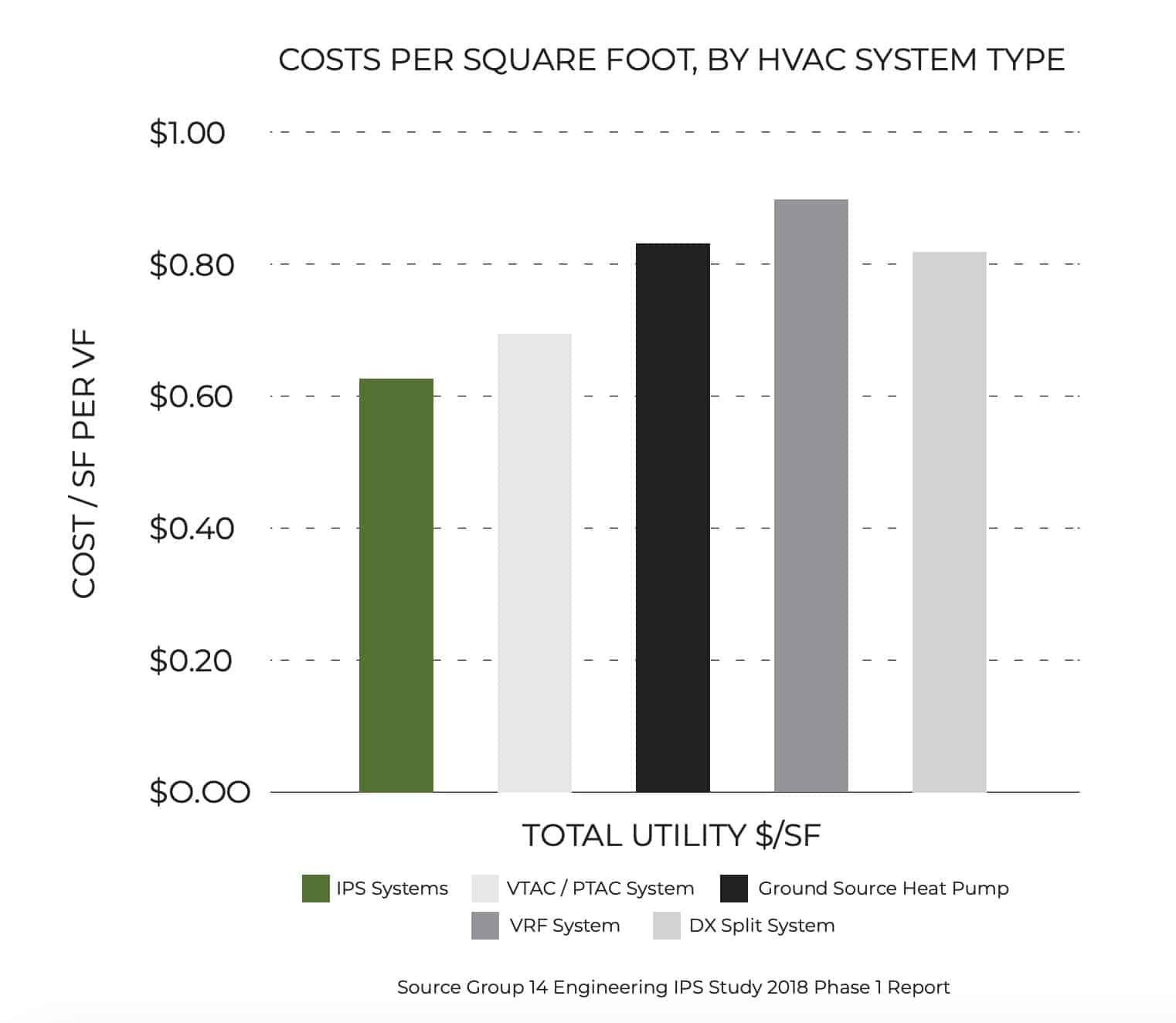
Average Energy Cost
On average, the study revealed that IPS utility costs are 11% lower than other systems studied.
“When the findings were sent to DHA, they weren’t surprised to see how well the system at Mariposa was performing,” said McCullough.
Aggregated over the three-year period, the Mariposa buildings with IPS had an average energy costs per square foot of $0.69 per square-foot per year, while the other systems studied had an average cost of $0.80 per square-foot. More specifically, the study shows that IPS outperforms PTAC systems by $.04 per square foot, GSHPs by $.13, VRF by $.18 and Combined gas heat and split DX cooling by $.07 per square foot.
Utility costs comparisons of IPS vs the average of all non-IPS buildings showed IPS outperforming in each month, especially in January of each of the three years studied, when IPS outperformed the other systems by nearly 100%.
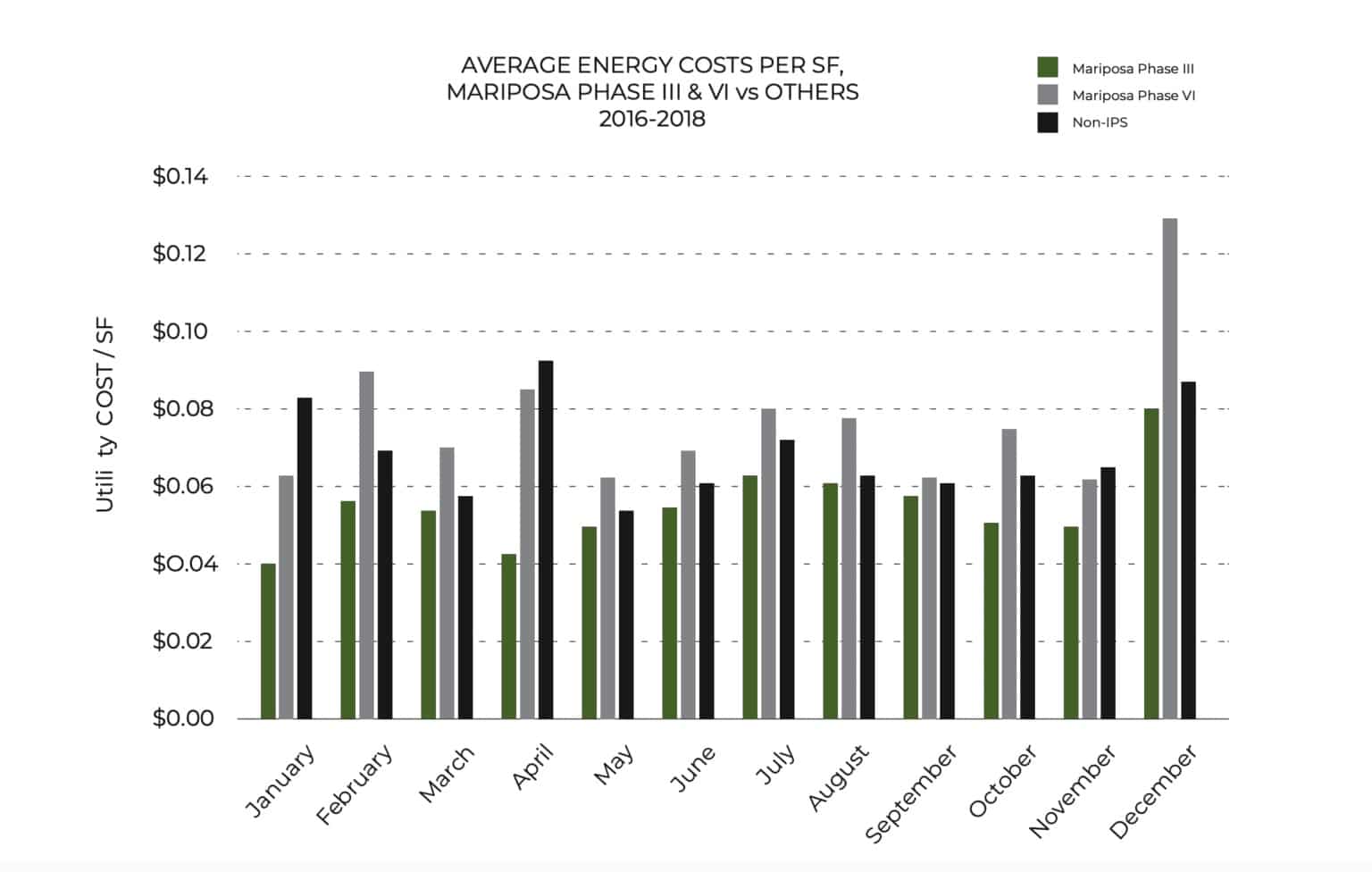
First Cost Comparison
While comparing the first-cost expenses for each facility, Group14 included plumbing system figures for each system type. Final construction costs, mechanical construction costs and plumbing construction costs were collected.

Per square foot of conditioned space, the mechanical and plumbing cost per square foot for the IPS system at Mariposa III (built in 2014) was $19.04. This is $2.03 less than the VRF system (built in 2014), $4.36 less than a GSHP system (built in 2016) and $6.38 per square foot less than a PTAC system (built in 2013). These cost figures only consider conditioned square footage.

Maintenance Costs
Using 2016, 2017 and 2018 maintenance figures provided by DHA, Group14 generated an average annual maintenance cost comparison.
Comparing nearly-identical buildings held by the same property manager and served by similar maintenance contractors provided a relatively consistent analysis of maintenance costs. However, several of the buildings in the study were built recently enough that maintenance data was not yet available.
Compared to buildings with PTAC and VRF systems, the IPS system at Mariposa III provided a $.06 and $.12 per square foot per year maintenance cost savings, respectively. If 2018 maintenance expense estimates for Mariposa VI are accurate, this building’s IPS system provides an additional $.03 per square foot savings over Mariposa III.
“The Mariposa buildings are all around 100,000 square feet,” said Letourneau. “Averaged across systems types, IPS cuts annual maintenance costs for a building of that size by roughly $10,000. Once you consider how many buildings a housing authority like Denver operates, you quickly realize the savings potential in maintenance costs alone.”

HV
There are advantages to IPS systems beyond first cost, operating, and maintenance savings, especially in Denver. The new Green Roof Initiative mandates are in many cases reduced based on the efficiency of the systems within the building. For DHA, limiting the green roof requirements saves additional funds and opens up roof space for other equipment, whether solar, mechanical, or communications.
“There hasn’t been a single occupant or manager complaint in the five-plus years since Mariposa III was completed,” said Letourneau. “DHA recently built an identical facility across the street with an IPS system. The significance is that they’re replicating the system. Any way you look at it, it’s been a great success. I have not received a single call from maintenance staff regarding occupant comfort or question about system operation. It’s an extremely simple system, that’s the beauty of it!”
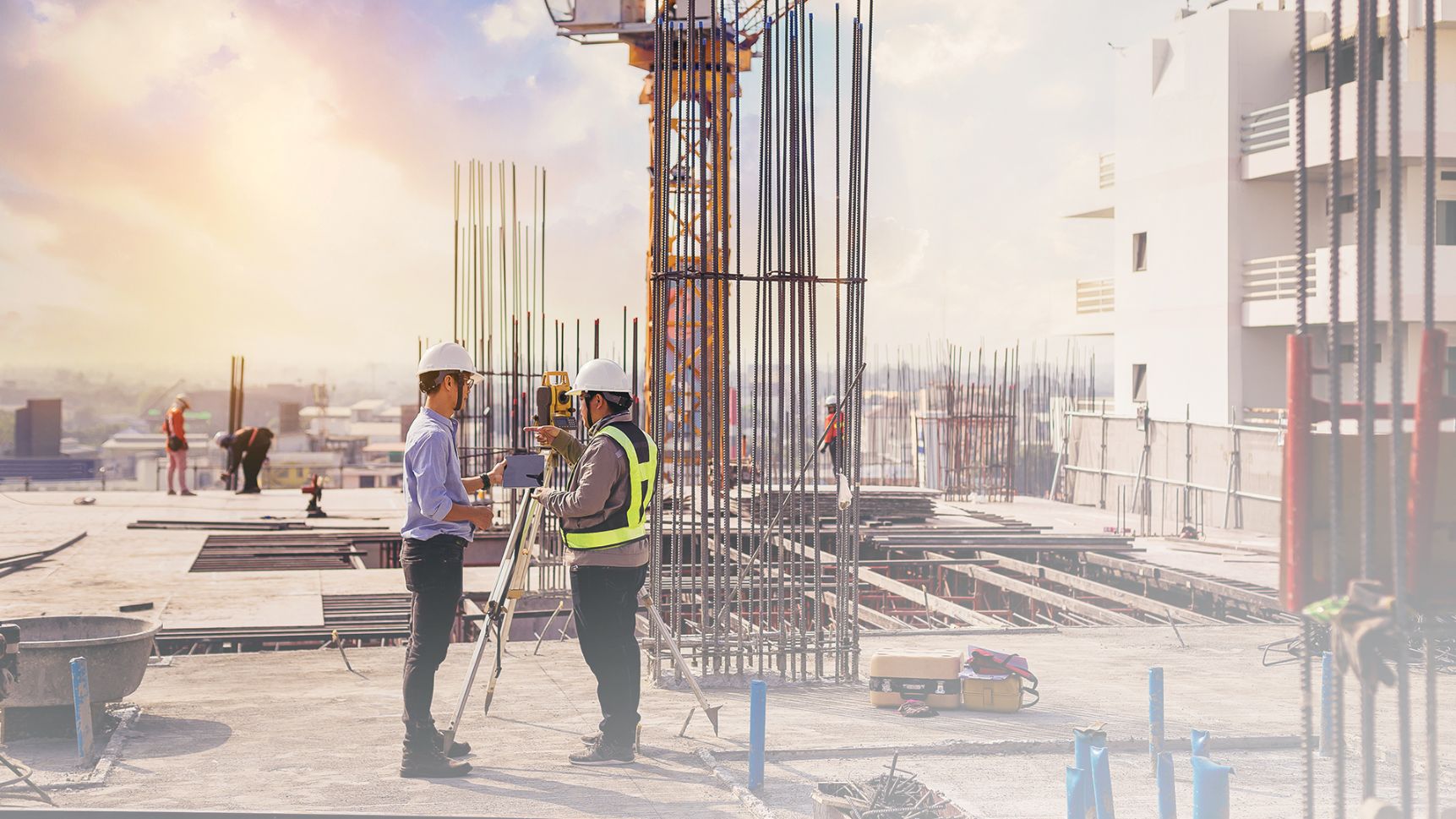
Contact Us Now
Learn how Williams’ IPS can cut your energy costs.
"*" indicates required fields